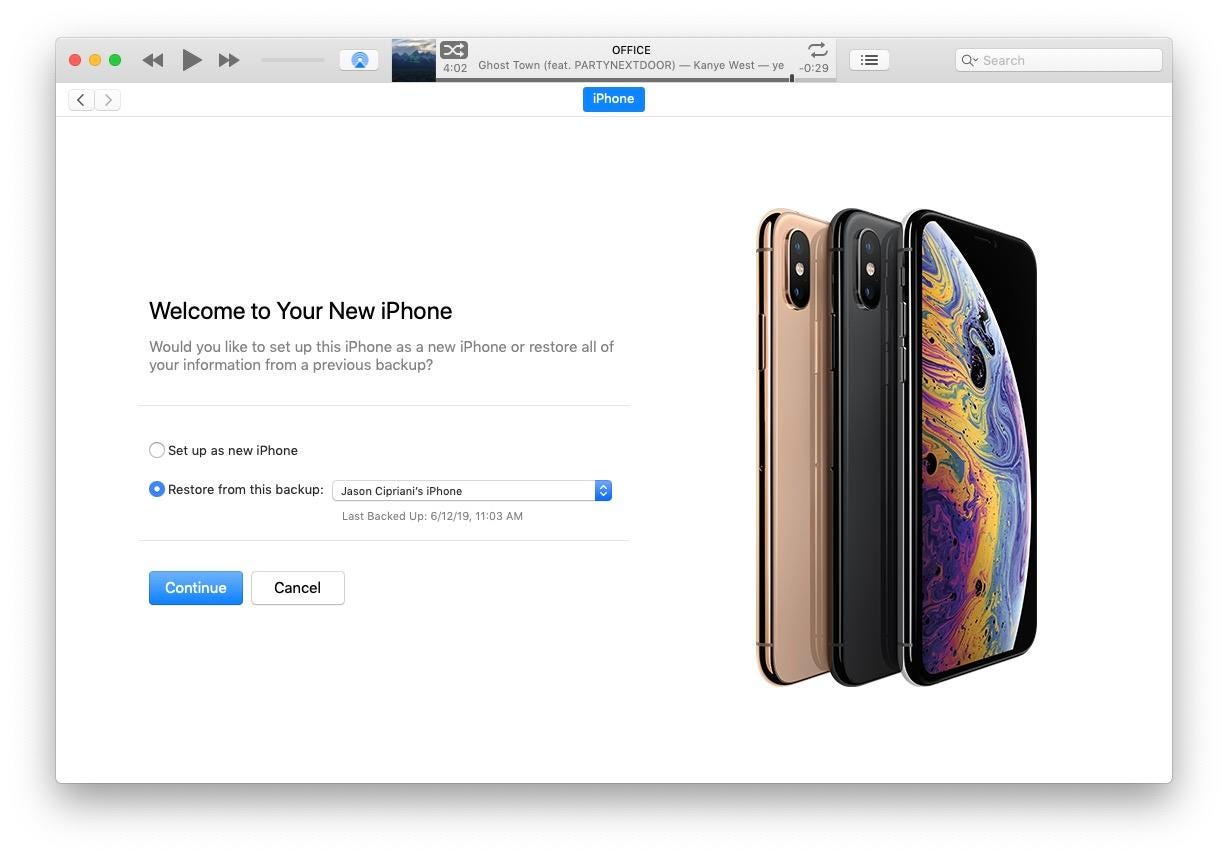How To Reset Software Update On Iphone

It's not too late to downgrade from the iOS 15 beta if you're experiencing too many bugs.
Sarah Tew/CNETApple's iOS 15 and iPadOS 15 updates are launching on Sept. 20, meaning a bunch of new features are about to arrive on your iPhone and iPad. If you've been using the beta version of iOS 15 over the past few weeks, you've already gotten a taste of what Apple's latest update has to offer.
But as the name implies, beta software should be considered a work in progress, with features changing and sometimes breaking as Apple refinesiOS 15 in preparation for its release. Apple typically releases an update every two weeks during the beta cycle; sometimes a release will fix bugs, and sometimes it introduces new ones.
Because the software is unfinished, you've probably been encountering bugs, poor battery life and other random issues. We've been using the developer beta for two months now, and can personally attest to horrible battery life -- which is normal during Apple's beta release cycle. We've also experienced plenty of apps crashing and repeatedly being signed out of iCloud accounts.
If you've taken the iOS 15 beta plunge only to decide that you can't live with a beta operating system on your iPhone or iPad, there's good news: You can go back to iOS 14. Keep in mind, however, that reverting to the current official release will require you to factory-reset your phone or tablet. If you created a backup before joining the beta, you can use that to restore your iPhone or iPad, but any changes or new information since installing the beta will be lost.
With all of that out of the way, here's how to get out of the beta and back to a stable version of iOS. We've also got instructions on how to remove the beta from your device before installing the final version.

Now playing: Watch this: Installing (and uninstalling) Apple's iOS 15 public beta
6:45
How do I restore my iPhone or iPad to iOS 14?
To complete the uninstall process, you'll need a Mac or PC and the appropriate cable to connect your iPhone or tablet to the computer, and if you're on Windows, you'll need to install iTunes.
If you're on a Mac, make sure your Mac's software is updated by clicking on the Apple logo at the top of your screen, then selectingSystem Preferences >Software Update.
Start by connecting your phone or tablet to your computer, and then placing it inRecovery Mode. This will tell your computer that the connected device needs to have its operating system reinstalled. To enter Recovery Mode, you'll need to use the steps specific to your device listed below. You'll know you're in Recovery Mode when your device's screen is black and shows a cable pointing toward a MacBook.
When you use the button combination below, your iPhone or iPad will restart during the process, but it's important not to let go of the button(s) until you see the Recovery Mode screen.
If you let go too early, repeat the steps.
- If you have an iPhone 6S or older, an iPad with a home button or an iPod Touch 6th generation or older, hold in the sleep/wake button and the home button at the same time until you see the Recovery Mode screen.
- For an iPhone 7, 7 Plus or iPod Touch 7th generation, hold the sleep/wake button and the volume-up button at the same time until you see the Recovery Mode screen.
- For iPhone 8 or later, quickly press the volume-up button followed by the volume-down button, and then hold in the side button until you see the recovery screen.
- On an iPad Pro, quickly press the volume-up button, then the volume-down button, followed by holding in the top button until you see the recovery screen.

Hopefully you backed up your iPhone or iPad before installing iOS 15.
Screenshot by Jason Cipriani/CNETWhen you put an Apple device into Recovery Mode, you'll see a prompt on your computer letting you know a device in that mode has been detected. It will ask if you want to Restore or Update your device: SelectRestore. Your computer will download and install the latest official version of iOS 14 on your device (currently that's iOS 14.6.)
If you don't see a prompt, you'll need to open Finder (on a Mac) or iTunes (on a PC), select your device and thenRestore.
If you're using the same computer where you created a backup of your phone or tablet before installing the beta, you'll be asked if you want to use that backup to restore your device after it's back on iOS 14. If you didn't create a backup, you'll have to start from a fresh install.
There's no shame in going back to iOS 14. There are a ton of features we can't get enough of, and Apple keeps adding to them with regular updates -- here are the hidden features we keep finding in iOS 14.
How to uninstall the iOS 15 beta before updating to iOS 15
If you can hang in there until the final iOS 15 software launches on Monday, there's an easy way to uninstall the beta and upgrade to iOS 15 once it debuts.
OpenSettings, chooseGeneral, and tapProfiles & Device Management (this may also appear as VPN & Device Management). Choose theiOS 15 & iPadOS 15 Beta Software Profile, and pressRemove Profile.
This will allow you to install the next public version of iOS when it becomes available and remove the beta. But keep in mind, you can only update to a public version of iOS that's newer than the version you have. That means you can't revert back to iOS 14 using this method and will have to wait for the final public version of iOS 15 to move off the beta.
For more, check out the best hidden features we've found in iOS 15 so far.
Stay up-to-date on the latest news, reviews and advice on iPhones, iPads, Macs, services and software.
How To Reset Software Update On Iphone
Source: https://www.cnet.com/tech/mobile/tired-of-ios-15-beta-bugs-heres-how-to-revert-your-iphone-back-to-ios-14-before-the-final-launch/
Posted by: cartercastand.blogspot.com

0 Response to "How To Reset Software Update On Iphone"
Post a Comment